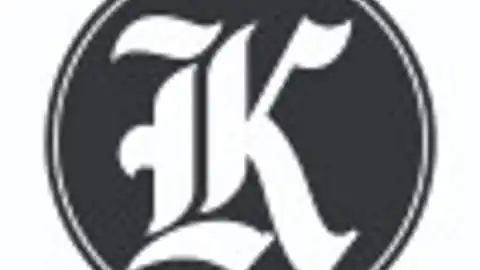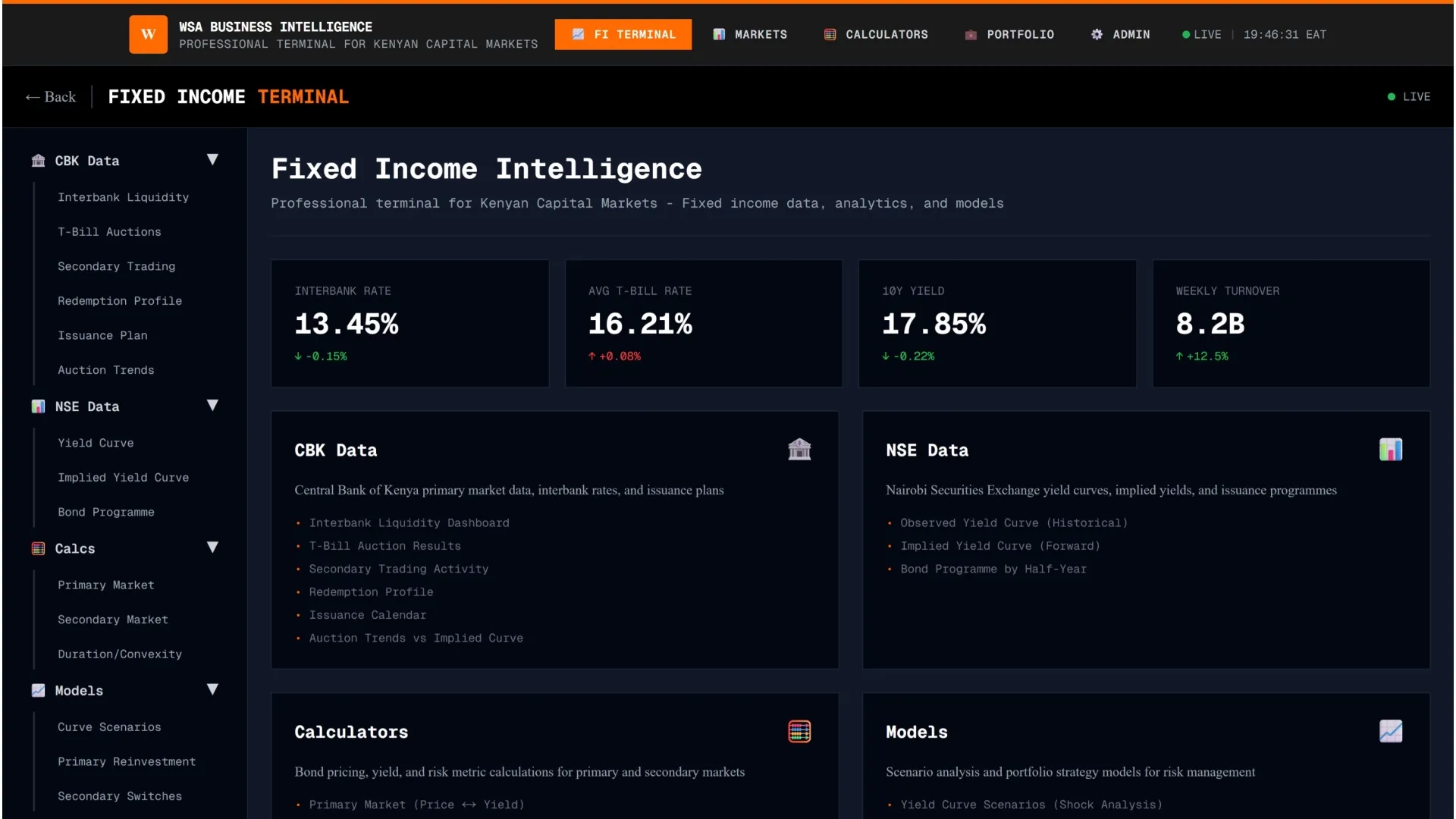Last weekend, the East African Community (EAC) and the South African Development Community (SADC) met in Tanzania to find the best path to a “sustainable political solution” to the Eastern DRC crisis.
- •In addition to calling for a ceasefire and merging the parallel Luanda and Nairobi processes, the Heads of State also directed military chiefs to design a ‘securitisation plan’ for Goma.
- •The summit was the most high-level regional gathering on the current escalation in Eastern DRC, which has been worsened by diplomatic and political brinksmanship.
- •While most key players have routinely said that there’s no military solution to the crisis, the option of mediation will depend on whether the warring the parties and their backers can find solutions at the table, and whether those solutions will last longer than previous ones.
“We need the active and constructive role of all players — namely neighbouring countries, subregional organizations, the African Union and the United Nations,” nited Nations Secretary-General Antonio Guterres said at a press briefing in New York ahead of the summit.
“Silence the guns. Stop the escalation. Respect the sovereignty and territorial integrity of the Democratic Republic of the Congo. Uphold international human rights law and international humanitarian law,” the Secretary-General, who will attend the African Union Peace and Security Council summit in Addis Ababa this week, added.
But mediating the conflict is now a complicated mess due to failed past attempts, multiple internal and external actors, historical rivalries and realities, and shifting political goals.
In the DRC, Today’s Foes are Yesterday’s Friends
“The risk this war could morph into a multi-country confrontation in the Great Lakes recalling the horrors of the 1990s is high,” Crisis Group said in a recent analysis.
In many ways, the DRC’s conflicts is have always been a multi-country confrontation. Kinshasa has the military support of troops from SADC countries, Burundi, and a host of mercenary groups, while Rwanda has repeatedly denied it has thousands of troops supporting M23’s cause.
UN investigations have also showed that M23 is getting support from Uganda, and the militia group has cobbled together an alliance with several other armed groups. Kinshasa has also deployed its own homegrown militias, in addition to foreign mercenaries, to bolster its military strength.
The conflict is also just the latest in a cycle of shifting alliances, that tends to depend on immediate state interests and political considerations. After his election in 2019, for example, President Felix Tshisekedi signed off on Rwandan troops hunting down rebels within the DRC. This has since shifted as Kinshasa demands Kigali’s troops exit the country, which Kigali denies are there in the first place, and has escalated into a diplomatic spat between Rwanda, the DRC, and now South Africa.
Rwanda has deep roots in M23; for example, one of the group’s most prominent military leaders, Sultani Makenga, was a member of Rwanda’s now ruling party, the Rwandan Patriotic Forces, when it was a militia in the early 1990s. The connections are also deeply ethnic, although the current iteration of M23 has evolved a more nationalistic brand that includes bigger goals, such as marching on Kinshasa.
Then there’s the evolving conflict between Rwanda and Burundi, both of which border the DRC, that is deeply ethnic and historical, although current tensions date back to a failed coup in Bujumbura in 2015, which the country blamed on Kigali. In early February, Burundi President Evariste Ndayishimiye warned that his country would act if Rwanda escalates the conflict.
Tellingly, Ndayishimye skipped the Tanzania summit, instead sending his Prime Minister, Lieutenant General Gervais Ndirakobuca. The 2015 coup attempt happened while the then President of Burundi, Pierre Nkurunziza, was in Tanzania for an EAC Summit on Burundi.
Burundi also has its own security goals in the thousands of troops it has in Congo supporting the Congolese armed forces, although its main aim is battling Burundian rebels hiding in the region. Rwanda and Uganda have similar aims in the same region, where the expansiveness, the never-ending security crises, and the distance from Kinshasa, have made it a hotbed, and a favourite hiding place, for the enemies of DRC’s neighbours.
This has made the region historically a battle ground where armed groups fight each other for control, either against or for the DRC government, neighbouring countries and other external players.
In July 2024, the US and the EU sanctioned leaders of M23, a senior Rwandan military officer, and several other leaders. The sanctions also included the M23’s political wing, the Alliance Fleuva Congo (AFC), and its leader Corneille Nangaa Yobeluo. The AFC was formed in Nairobi in December 2023, sparking a diplomatic tussle between Kenya and the DRC, as an alliance between M23 and nine other groups.
Tshisekedi has linked the AFC, and its basic ambition has been to take over Kinshasa, which it calls “the source of all the problems,” to his predecessor Joseph Kabila. In turn, courts in Kinshasa have issued arrest warrants on Nangaa and other AFC leaders, accusing them of treason and war crimes.
The conflict between Nangaa and Tshisekedi goes back to the 2018 elections, when the former claims he orchestrated the latter’s controversial win due to a backroom deal with then President Kabila. Now, M23 is challenging the Kinshasa’s government legitimacy, building on lasting questions about DRC’s governance structure.
“Our families cannot continue to be put to death every day simply because the capital is located 2,000km from where we live. If Kinshasa cannot solve our problems, it should let us solve them ourselves,” M23’S military leader Betrand Bisimwa said in a recent interview with Al Jazeera.
Will mediation work this time?
The prospect of success for the Luanda and Nairobi processes has been hampered by boycotts by President Kagame and President Tshisekedi from the processes for different reasons. While both signed off on the plan to merge the processes, it’s unclear how well the new mediation process will gel into their domestic and regional goals.
The immediate and long-term goals of other state actors, especially neighbouring countries, will also determine how quickly and effectively the crisis can be resolved at the negotiating table.
With M23’s resurgence, Kinshasa first invited, and then expelled, an East African force and invited the SADC instead. Solving the crisis in the East was a key Tshisekedi campaign promise in both his first and second campaigns but the re-emergence of M23 with an evolving nationalistic brand has made it an existential goal.
“Durable resolution of these conflicts requires mediation that addresses the motivations of both patrons and proxies; and agreements backed by strong guarantees,” Cecily Brewer of the United States Institute of Peace said recently. Strong guarantees are possibly the hardest element in any mediation efforts, especially because of the ever-evolving realities of Congo’s endless wars.
As an international peacekeeping force, MONUSCO would ideally provide the best international guarantee of any deal. But it has itself been under pressure from Kinshasa to take a more active role. The UN peacekeeping force, which has been present in the DRC in some form since June 1960, now has over 16, 000 uniformed personnel in the country.
In 2024, President Tshisekedi pushed for an end to the mission for the same reasons his administration pushed out the East African force.
This might leave other regional bodies, but Tshisekedi does not trust the East African Community, and M23-and its allies and backers- do not trust the SADC. The SADC has lost troops during the current escalation-with South Africa losing 14 troops-which might make it rethink its long-term commitment to the process due to domestic political considerations.
Add to that that any mediation would have to tackle a myriad of groups with different interests, including states whose presidents have been engaged in escalating brinksmanship, and rebel and proxy groups with differing military and political goals.
This includes control of the vast natural resources in the region, which have become all the more valuable due to the presence of vital raw materials for electric vehicles, and the surge in the price and demand for gold and other precious metals.
“While states often balk at the prospect of elevating proxy militia groups by including them in state-to-state talks, mediators and parties can find ways to engage proxy groups quietly or via parallel processes,” Brewer added.
Despite the multiple actors, the conflict is still a deeply internal one in the DRC, which means external solutions, such as a stabilising force or other tools, can only work if the main belligerents find common ground. That’s where the main problem lies, because although M23 is back in the headlines as the main rebel group in the DRC, it is by far not the only armed group in the vast region.
Any mediation efforts will have to find a way to balance these histories with multiple, current and evolving interests. It would need to find a solution that works for state and non-state actors, and their respective political and military goals. Solving the current crisis, whether militarily or politically or both, is just the first major hurdle.
Whether the solutions will stick is another issue altogether.




